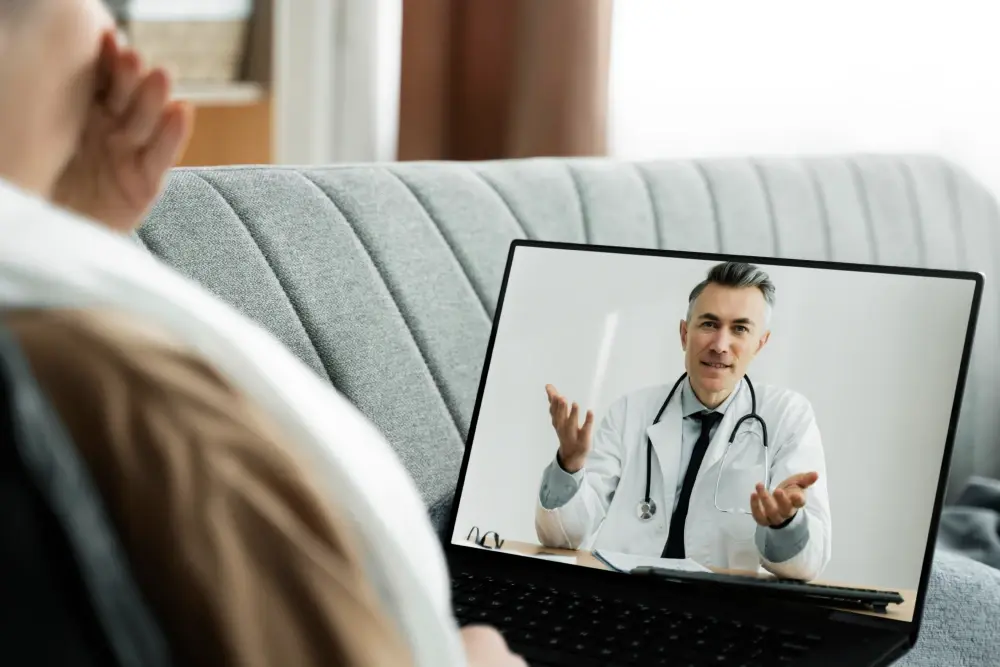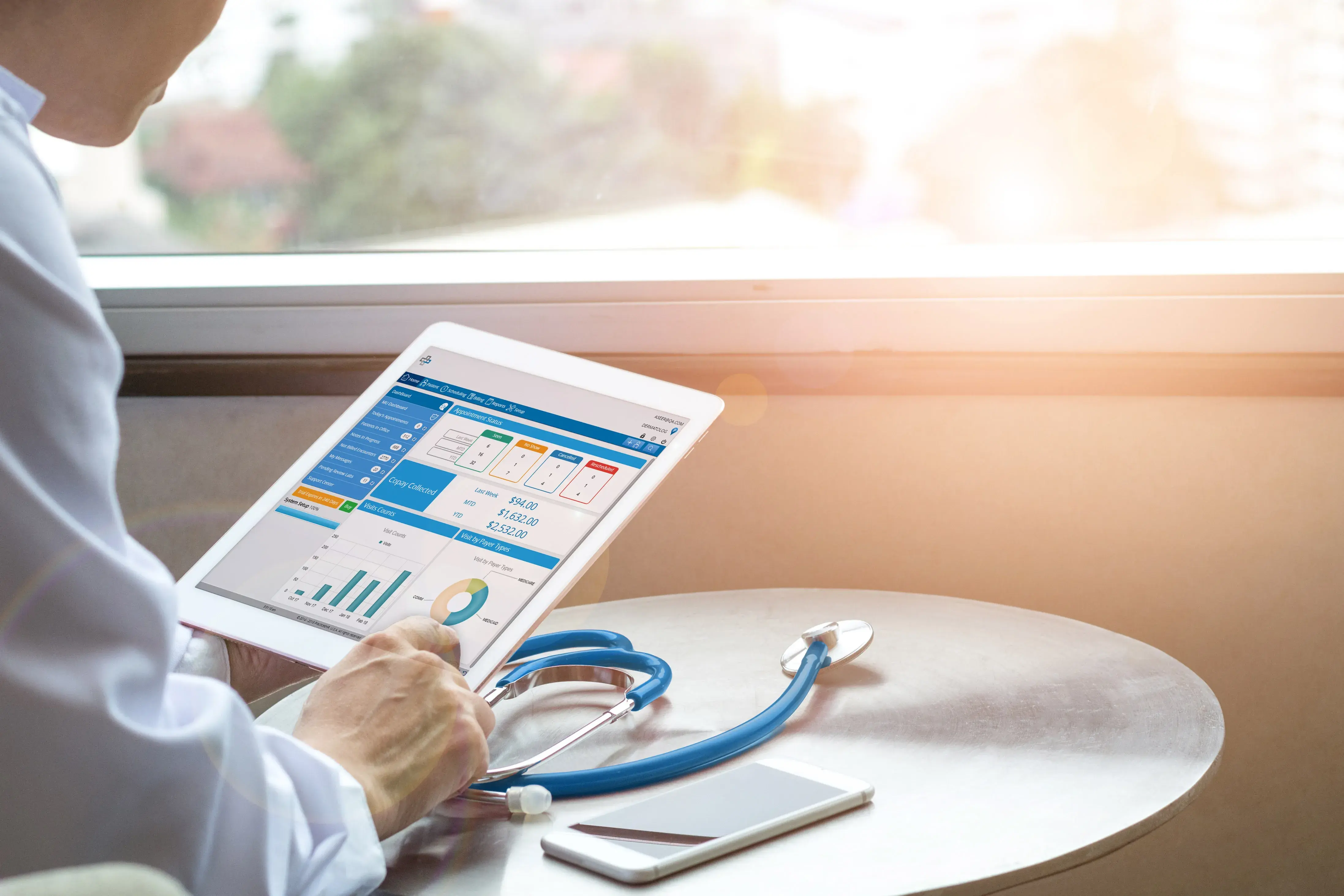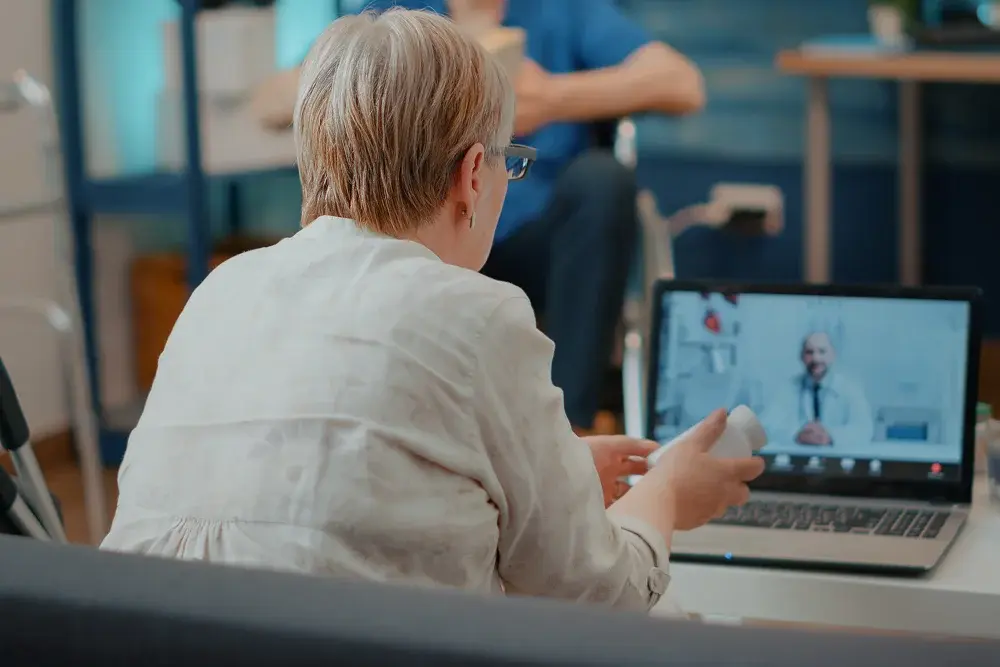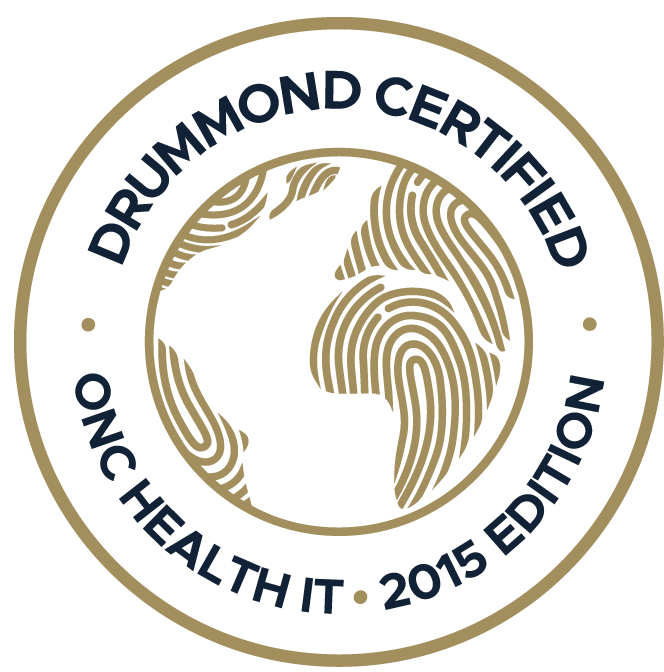Urgent care doesn’t have to mean long waits or crowded clinics. Telemedicine makes care faster, safer, and more accessible, helping providers and patients manage common concerns efficiently.
With the COVID-19 pandemic changing our healthcare visits, we've seen a big jump in using special machines called health KIOSKs. These are like automatic helpers that make things faster and safer when seeing the doctor.
The global health KIOSK market size, fuelled by an urgent need for contactless interactions and improved patient management, is estimated to be worth USD 542.1 million in 2022. It's expected to surge to a readjusted size of USD 971 million by 2028, growing at an annual growth rate of 10.2% during the review period. The introduction of kiosk technology in healthcare represents more than an embrace of modernity; it is a response to a global crisis and a testament to the resilience of patient-centered care. As we analyze the rise of these digital sentinels, we'll discover how they are revolutionizing how healthcare is delivered and experienced.
These kiosks aren't just about using cool technology; they're a smart way to improve our visits to healthcare places, especially during tough times. Let’s dig into how these helpful machines change the game for patients and hospitals.
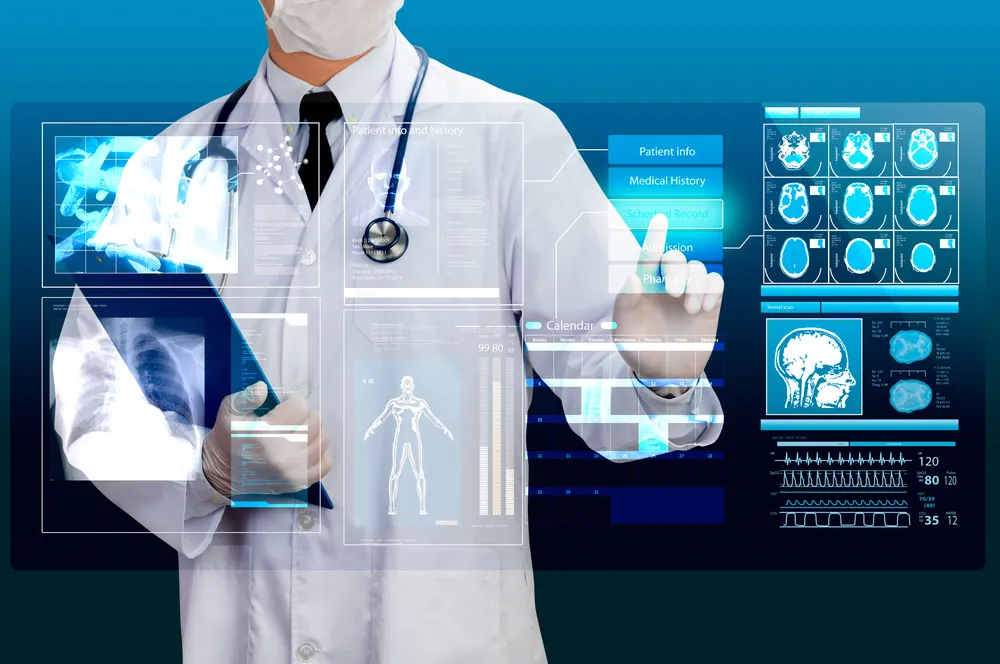
Understanding Health KIOSK
Health kiosks are convenient for handling basic healthcare needs without a receptionist. These machines are usually located in clinics or hospitals and offer various services, such as checking yourself in for appointments, accessing information on health services, and even paying your bills.
Kiosks are designed to be easy to use, making them an excellent option for patients who prefer to take care of routine tasks independently. Overall, health kiosks provide an efficient and time-saving solution for patients who want to streamline their healthcare experience and avoid waiting in long lines or dealing with paperwork.
Historical Shift in KIOSK Use in Healthcare
There has been a significant spike in using health kiosks in the healthcare industry in recent years. These kiosks offer numerous services, from measuring blood pressure and BMI to providing access to electronic health records and telemedicine.
With the outbreak of COVID-19, the use of these kiosks has become even more prevalent as they offer a way to provide healthcare services without direct human contact, reducing the risk of transmission. This has been particularly important in areas where social distancing measures exist. As a result, we can expect to see more and more health kiosks being implemented in healthcare facilities in the future.
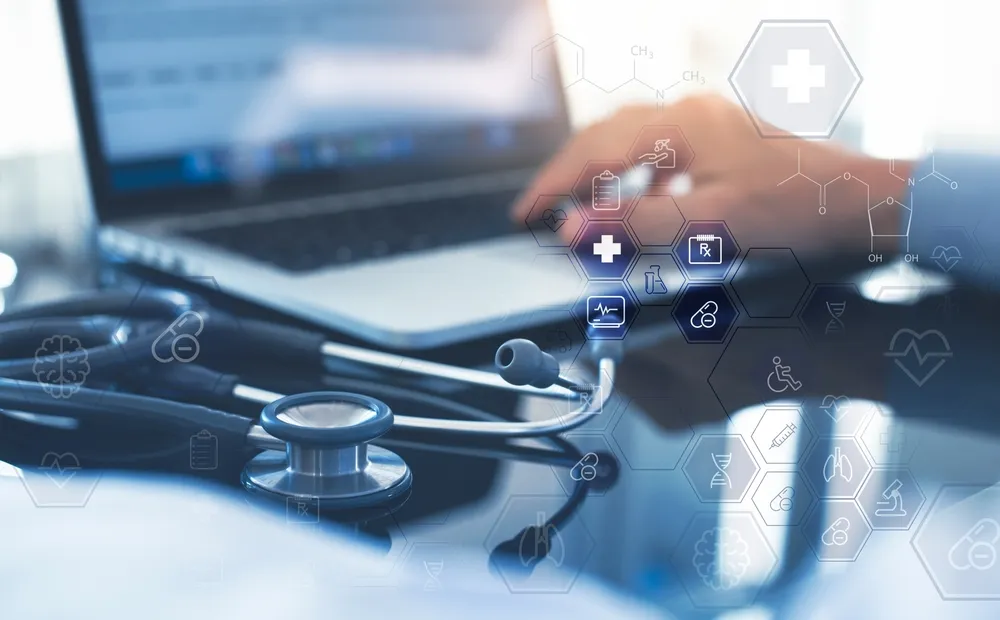
Benefits of Health KIOSK
The beauty of health kiosks is in the perks they bring to the table:
1. Less Waiting
Have you ever experienced long wait times at the doctor's office? Sitting for hours in a waiting room can be frustrating, especially if you're not feeling well. Fortunately, there's a solution that can make your doctor's visit go by faster, with less waiting. It's called a health KIOSK, and it's changing the way we approach healthcare.
2. 24/7 Availability
Health kiosks are interactive machines that allow patients to perform various tasks, such as check-ins, payment processing, and even basic medical screenings. Streamlining these processes they help reduce wait times and improve the overall patient experience. Plus, they're available 24/7, so you can use them whenever you need to without worrying about office hours.
3. Privacy & Security
Another benefit of health kiosks is that they keep your health information private. Instead of sharing your information with a receptionist or nurse, you can enter it directly into the KIOSK. This not only protects your privacy but can also reduce the risk of errors caused by miscommunication.
4. Cutting Manual Labour
In addition to benefiting patients, health kiosks also help hospital staff by automating repetitive tasks. This frees up their time to focus on more critical work, such as providing hands-on care to patients. Health kiosks can help improve patients' quality of care by reducing the administrative burden on staff.
5. Enhanced Hygiene
The most important benefit of health kiosks is that they help keep everyone healthy by reducing the risk of spreading germs. Patients can use the KIOSK without contacting potentially contaminated surfaces by providing a touchless interface. This is especially important during flu season or when infectious diseases are more prevalent.
Overall, health kiosks are a valuable tool for improving the patient experience and healthcare quality. They're convenient, private, and safe, and they're changing the way we approach healthcare.
Challenges and Considerations
Health kiosks would undoubtedly be better. Some challenges include keeping them working right and ensuring everyone can use them efficiently. They must be as user-friendly as a smartphone.
Conclusion
Healthcare KIOSK isn't just cool tech but a smart answer to modern healthcare challenges. They shorten wait times, keep our data safe, and reduce germs. Imagine checking your vital signs or having a video call with a doctor from one of these kiosks. Embracing these advancements means looking towards a future where healthcare is more efficient for everyone involved.
Topics: Integrated EHR, Healthcare Office Management, EHR Solution, New Technology, EHR, Technology in Healthcare, Kiosk, Patient Portal
RECENT POSTS



TOPICS
- EHR Solution (193)
- EHR (127)
- digital age (120)
- Patient Care (117)
- Medical Billing (112)
- Specialty-Specific EHR (112)
- Industry Update (98)
- Technology in Healthcare (84)
- EHR Features (79)
- Small Practice (78)
- Medical billing services (74)
- Integrated EHR (64)
- RCM (64)
- HIPAA Security (62)
- Cloud-based EHR (44)
- New Technology (44)
- Telemedicine (44)
- Healthcare Office Management (40)
- Practice EHR News (38)
- Kiosk (31)
- Revenue Cycle Management (28)
- AI Solutions (25)
- ePrescribing (21)
- AI Scribing (17)
- Best EHR Software (17)
- Practice Management Software (13)
- AI-powered Medical Billing (12)
- EMR (12)
- TeleVisit (12)
- AI EHR (11)
- Practice Automation (11)
- AI Scribe (10)
- Client Favorites (10)
- The ONE (10)
- Switching to New EHR (9)
- Urgent Care (9)
- AI scanning (8)
- Best EHR Practice (8)
- EHR Integration (8)
- MACRA/MIPS (8)
- Patient Portal (8)
- Psychiatry EHR (8)
- Automated Health Tools (6)
- E-Prescribing (6)
- Medical Practice Management Software (6)
- Product Updates (6)
- events (6)
- MIPS (5)
- Mobile EHR (5)
- Telehealth Platforms (5)
- Family Medicine EHR (4)
- HIPAA (4)
- Insider (4)
- Integrated Practice Management (4)
- Internal Medicine EHR (4)
- MIPS Reporting (4)
- Multilingual AI Scribe (4)
- Orthopedics EHR (4)
- Podiatry (4)
- Podiatry EHR (4)
- Regulatory Updates (4)
- Telehealth Platform (4)
- Automated EHR (3)
- Chiropractic EHR (3)
- Digital Experiences (3)
- EHR Flaws (3)
- EHR Implementation (3)
- EHR for Chiropractors (3)
- EHR for Small Practices (3)
- Eligibility Verification in Medical Billing (3)
- Medical Coding Services (3)
- Patient Check-in Kiosk (3)
- PracticeEHR GO App (3)
- Cash Flow (2)
- Cashless Payments (2)
- Clearinghouse (2)
- Dermatology EHR (2)
- EHR Scheduling (2)
- Family Medicine (2)
- Foot and Ankle Care (2)
- Foot and Ankle EHR (2)
- Health records 101 (2)
- Healthcare Compliance Certification (2)
- Medical Billing Partner (2)
- Medical Credentialing (2)
- Pediatrics EHR (2)
- Quality of Patient Care (2)
- Reporting Under MIPS (2)
- Risk and Liability in Medical Settings (2)
- Voice-Activated AI Scribe (2)
- What Works Clearinghouse (2)
- ACA Subsidy (1)
- AI Scan (1)
- AI Scribe for Pediatric Care (1)
- Bariatric EHR (1)
- Behavioral Health Practices (1)
- Billing Communication (1)
- Billing for Private Practices (1)
- Cardiology EHR (1)
- Charting (1)
- Data Security (1)
- Dos and Don'ts (1)
- EHR Dashboard (1)
- EHR Guides (1)
- EHR KPIs (1)
- EHR Questions to Ask (1)
- EHR Transition (1)
- EHR for Chronic Illness (1)
- EMR vs EHR Difference (1)
- ENT EHR (1)
- Endocrinology EHR (1)
- Gastroenterology (1)
- Gastroenterology EHR (1)
- General Surgery EHR (1)
- Geriatric AI scribe (1)
- Geriatrics EHR (1)
- Guides (1)
- Healthcare Practice Office Management (1)
- Help Center Videos (1)
- Insurance Reimbursement (1)
- KPI (1)
- Key Performance Indicators (1)
- Lab Processing (1)
- MACRA (1)
- Nephrology EHR (1)
- Neurology EHR (1)
- Pain Management EHR (1)
- Patient Behavior (1)
- Pediatric Care (1)
- Physical Therapy EHR (1)
- Practice Cash Flow (1)
- Practice Efficiency (1)
- Pulmonology EHR (1)
- Reconsider Your EHR (1)
- Simplify Practice Management (1)
- Staffing in Healthcare (1)
- Switch Medical Billing Providers (1)
- Urgent Care Medical Billing (1)
- Urology EHR (1)
- insurance claim denials (1)

